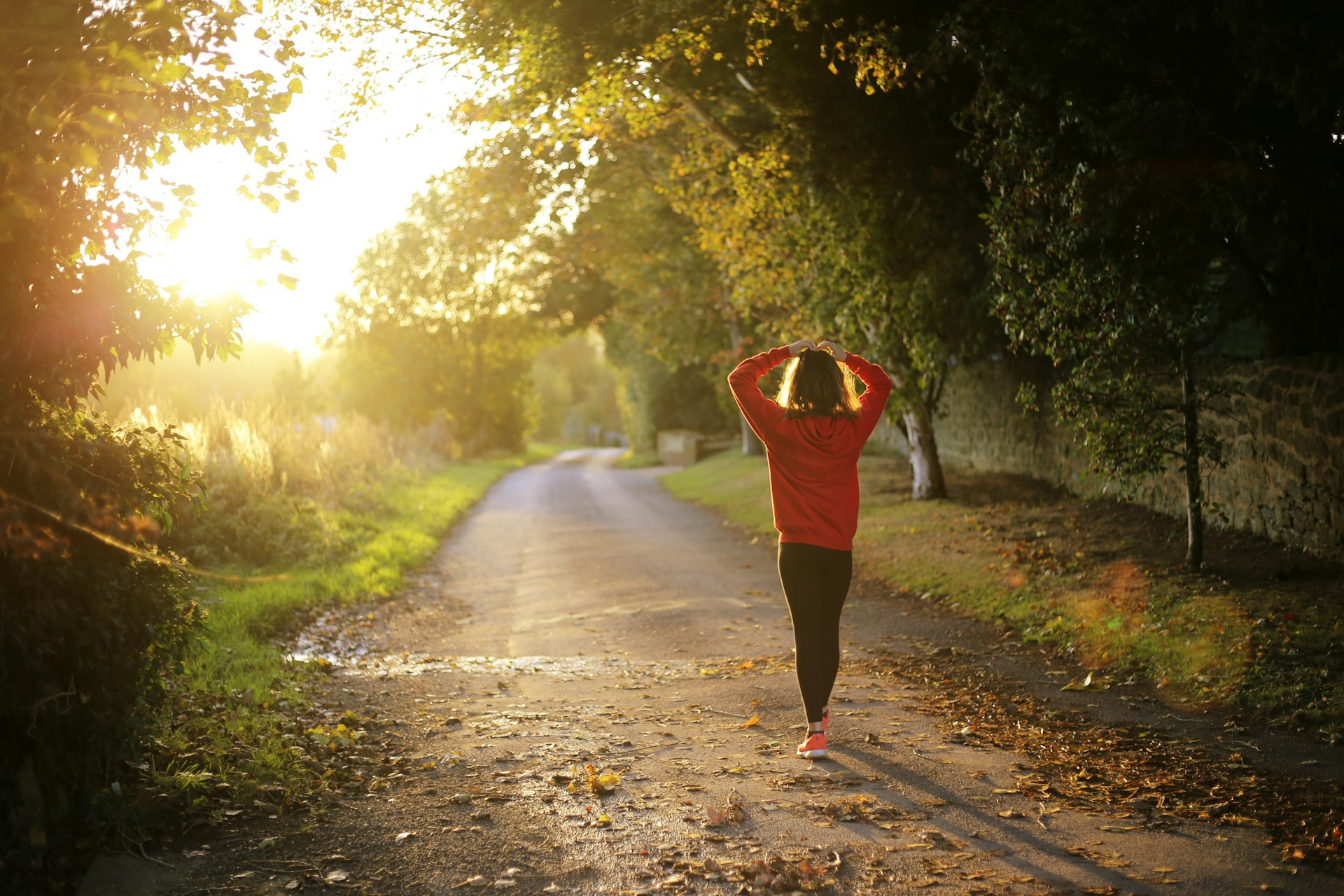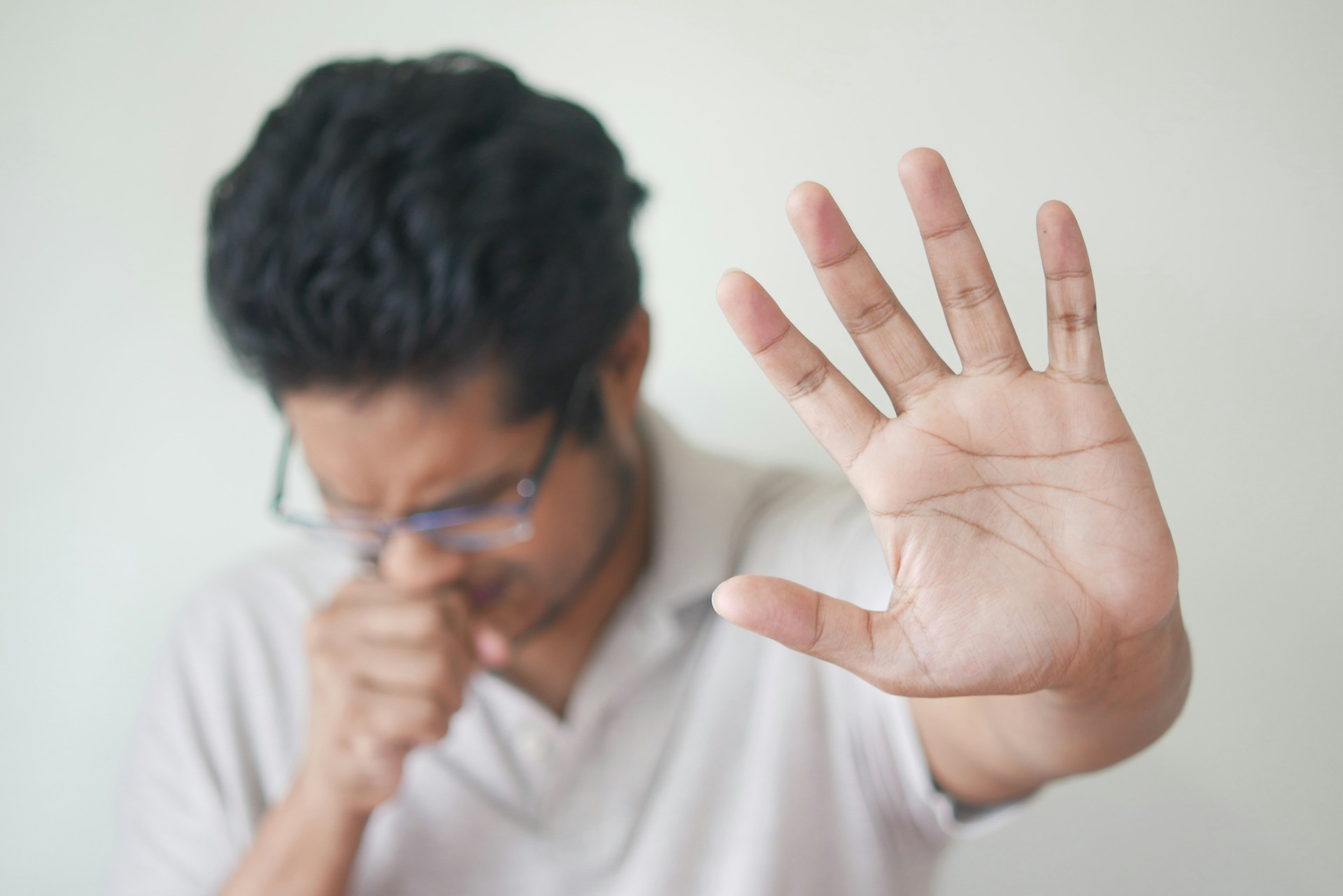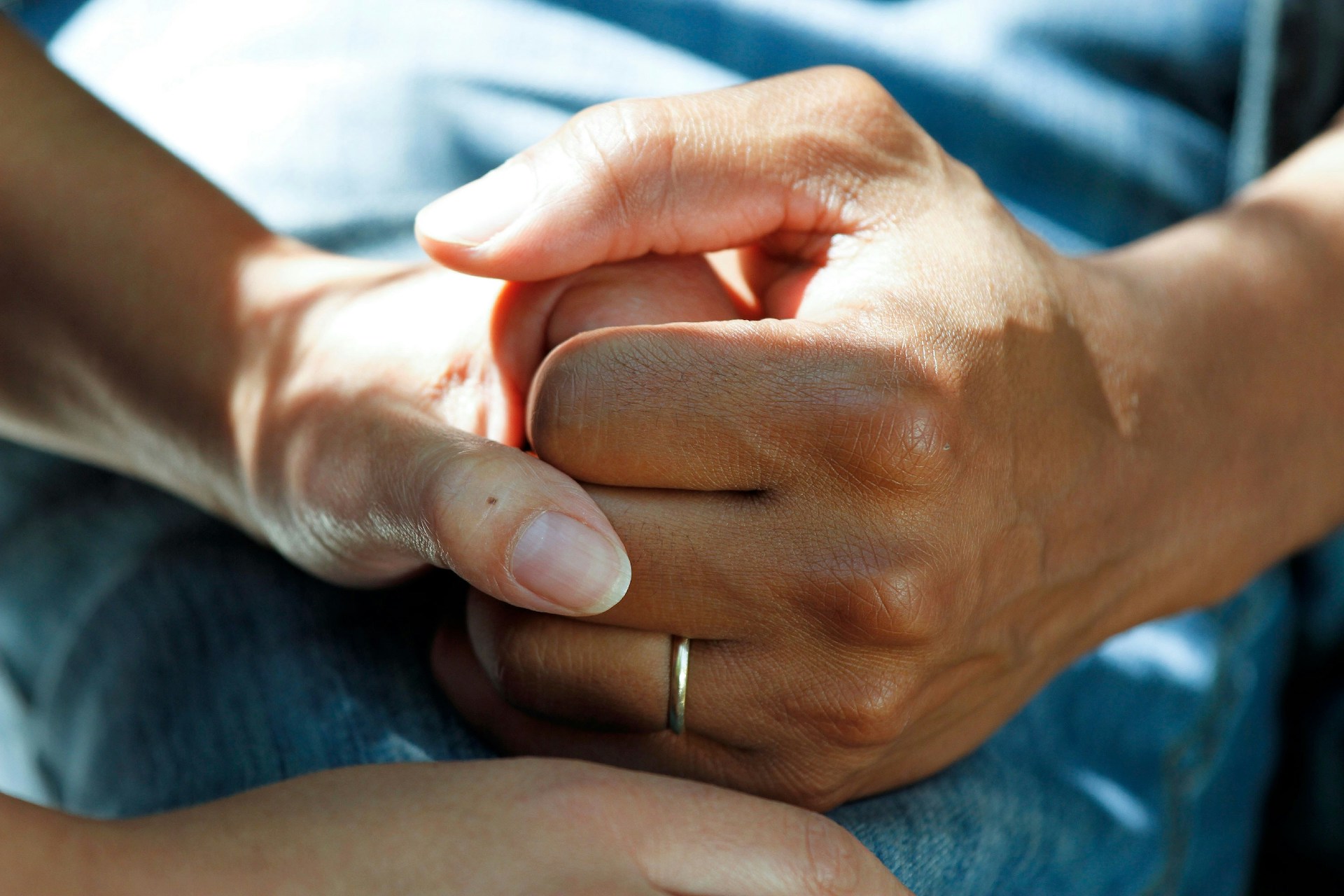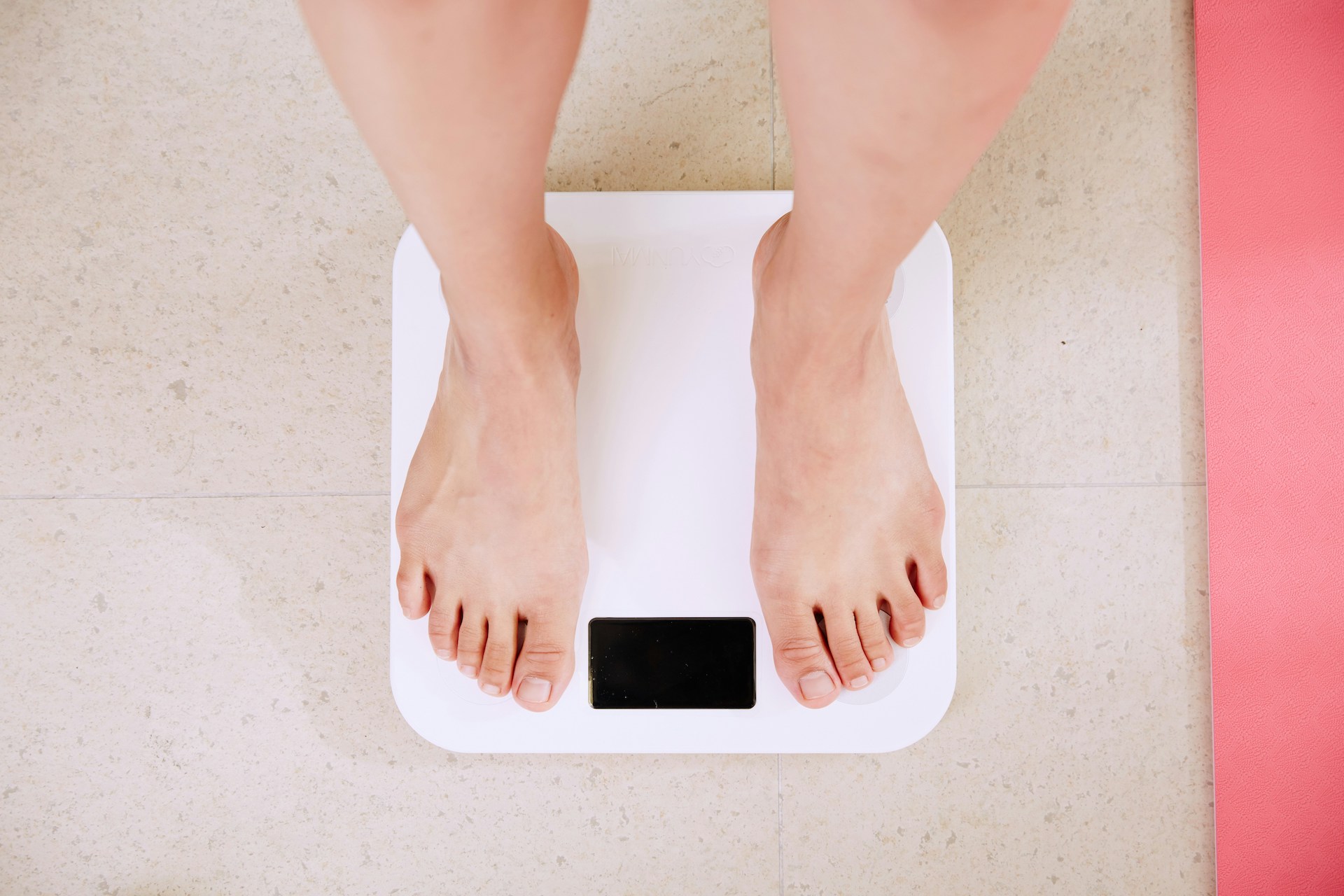As February approaches, the month of love takes center stage with the celebration of Valentine’s Day. While it’s a time to express affection for those close to us, it’s also an opportunity to focus on a very important relationship—the one we have with ourselves.
This month encourages us to not only celebrate love but also prioritize our own wellness, relationships, and heart health. Whether it’s self-love, relationship wellness, or taking better care of your heart, February is the perfect time to embrace the full spectrum of well-being. At T&F Pharmacies, we’re here to help guide you in nurturing yourself and your heart in the best way possible.
The Importance of the Heart
Your heart is at the core of your overall health, pumping blood to vital organs and ensuring they receive the nutrients and oxygen they need to function properly. Heart health is something that should never be overlooked, and February—American Heart Month—is the ideal time to assess and prioritize it. By adopting heart-healthy habits such as eating nutritious foods, exercising regularly, and getting routine check-ups, you can help ensure your heart remains strong for years to come.
February is the Month of Love, and Love Takes Many Forms
While Valentine’s Day often focuses on romantic love, February is also a great time to reflect on other forms of love, including love for yourself, your relationships, and your emotional well-being. This month, we focus on:
Relationship Wellness: Celebrating Relationship Wellness Month, February encourages individuals to build and maintain healthy, caring relationships with those around them. A strong support system and positive relationships contribute significantly to emotional well-being and health.
Emotional Wellness: February is also an opportunity to focus on your emotional health. Understanding, managing, and expressing your feelings in a healthy way can help improve mental well-being and overall happiness.
Self-Esteem: It’s a time to practice self-love by boosting self-esteem and self-acceptance. Embrace who you are, think positively, and recognize your strengths.
Heart Health and Healthy Habits: In addition to your emotional wellness, it’s crucial to prioritize heart health during American Heart Month. Adopting heart-healthy habits can make a big difference in maintaining a strong and healthy heart. In addition to our comprehensive list below, there are also other resources you can check out at https://www.heart.org/en/health-topics/heart-failure.
Here are some habits to consider:
Eating Healthy: A balanced diet with heart-healthy foods such as fruits, vegetables, whole grains, and lean proteins can support heart function and reduce risk factors like high cholesterol and high blood pressure.
Exercise Regularly: Engaging in physical activity strengthens the heart and helps manage weight, blood pressure, and cholesterol levels.
Regular Check-Ups: It’s essential to schedule routine health check-ups with your healthcare provider to monitor heart health and catch potential issues early.
Stress Management: Emotional stress can take a toll on your heart. Managing stress through relaxation techniques, art activities, or social connections can improve both heart health and emotional wellness.
Supplements for Heart Health
There are various supplements that can aid in heart health, helping to manage blood pressure, improve circulation, and reduce the risk of heart-related conditions. Some key supplements include:
CoQ10: May help lower blood pressure and improve conditions that lead to congestive heart failure.
Magnesium: Supports heart rhythm, helps lower blood pressure, and promotes good circulation.
Fish Oil: Rich in omega-3 fatty acids, fish oil can help prevent heart attacks, strokes, and heart failure.
Fiber: Aids in lowering LDL cholesterol and increasing HDL cholesterol, promoting overall heart health.
Vitamin D: May help reduce the risk of heart failure.
Red Yeast Rice: Contains a natural statin, which can lower LDL cholesterol and triglycerides.
Folate: A B vitamin that may help reduce blood pressure, especially in younger women.
When selecting supplements, it’s important to choose high-quality products that meet USP standards. Our pharmacists can also assist with recommending the right supplements based on your specific health needs and help you identify any nutrient deficiencies.
Take Action with T&F Pharmacies
This February, take the opportunity to celebrate love in all its forms—starting with the love you give yourself. At T&F Pharmacies, we’re here to support you on your wellness journey, whether you’re focusing on heart health, emotional wellness, or building positive relationships. Get in touch with us at any of our pharmacy locations to discuss how we can help you make heart-healthy choices, recommend supplements, or offer guidance on managing your health. Visit us today and take the first step toward a healthier, happier you. Visit our contact us page to reach out to us.
If you’re interested in weight loss management, you can visit our page here to find out more – https://tfpharmacies.com/weight-loss-management/.
Let’s make this Month of Love a time for self-care, heart health, and lasting wellness.












